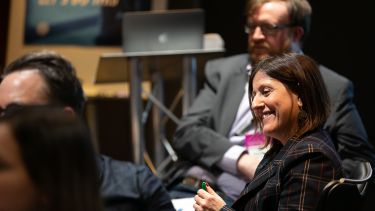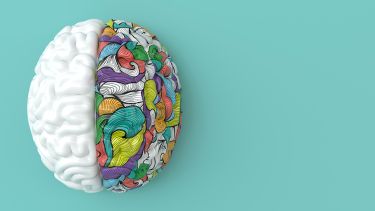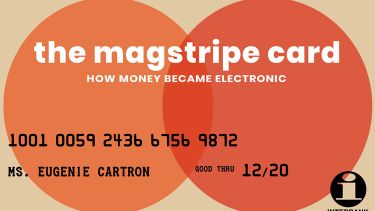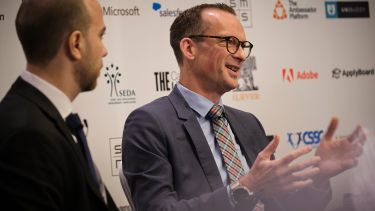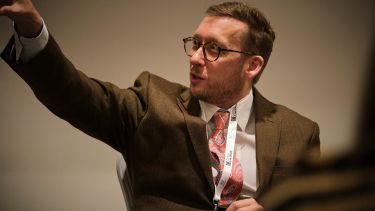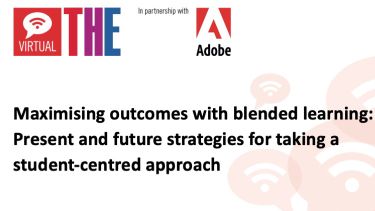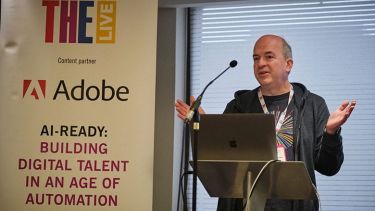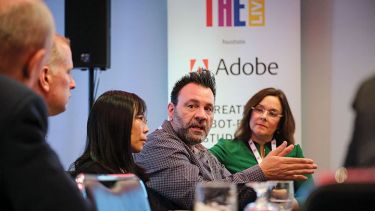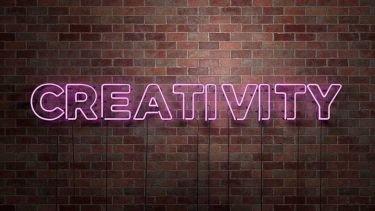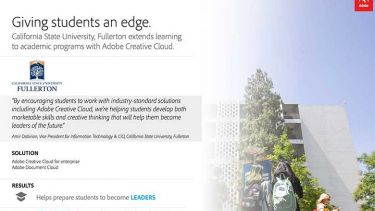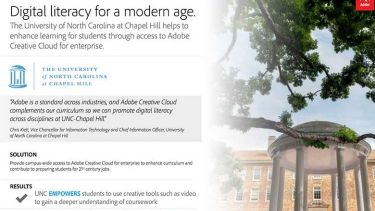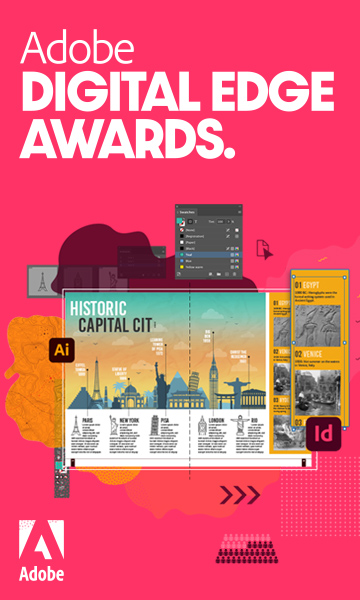Technology changes rapidly, but the underlying critical-thinking mindset is vital for the future job market
Digital literacy is about enabling people to use technology in new and innovative ways and to solve problems in the real world, says Mark Andrews, a pedagogical evangelist at Adobe.
“Technology changes, and if you focus on a specific technology, that skill soon becomes dated,” Andrews told a webinar panel hosted by Times Higher Education in partnership with Adobe. The webinar explored industry perspectives and the role that higher education plays in nurturing job-ready, world-ready students. “When we talk about digital literacy and we reduce it to a particular skill, we’re missing the point – it’s about teaching behaviours and mindsets,” Andrews explained.
In 2019, approximately 214,000 job vacancies in the UK were hard to fill because of a lack of skills among applicants, and a third of this skills gap was digital, according to THE’s recent Digital Literacy in the UK report.
The report defined digital literacy as “the power to use digital tools to solve problems, produce innovative projects, enhance communication, and prepare for the challenges of an increasingly digital world”.
To address the skills gap, universities and employers need to foster an ongoing relationship, the panellists agreed.
“There is a partnership between industry and academia that we haven’t got right yet,” said Janet Jones, pro vice-chancellor and head of the College of Design, Digital and Creative Industries at the University of Westminster. “Industry and universities don’t talk enough. I don’t think universities do a good enough job of engaging industry at the top level, and industry advisory panels.”
On the university side, it also takes a long time to integrate new ideas into the curriculum, said Deveral Capps, dean of Leeds Law School. “Sometimes it takes so long to build something into the curriculum that by the time [it has been included], the world has moved on,” Capps said.
However, the Covid-19 pandemic has shown higher education institutions that they can be agile and move quickly if need be, Capps said. When lockdowns forced institutions to close their doors, they had to move online quickly.
The panellists recognised that, in many cases, universities are trying to prepare graduates for jobs that do not exist yet. “We don’t know what the jobs are going to be in 10, 15, 20 years’ time,” said Capps. “We need to be aware of that and also that our graduates need to be nimble and agile.”
Digital literacy is a vital tool to empower students, irrespective of the job they end up in. “It’s actually about teaching the underlying mindset and skills,” said Andrews. An important way to do that is through assessment. “One of the best things we can do is give them the opportunities through assignments, through activities, to go and explore that world,” he said.
For universities to better reflect the real world, they need to promote interdisciplinarity and stop herding students into academic silos, said Jones. “We often put young people into streams too early and say, ‘OK, you’re an artist, you’re a scientist’,” she explained. “But for the jobs that are out there, like digital imaging technician, you need art and new technology; you need to combine both.”
Watch the session on demand above or on the THE Connect YouTube channel.
Find out more about Adobe’s solutions for higher education.



